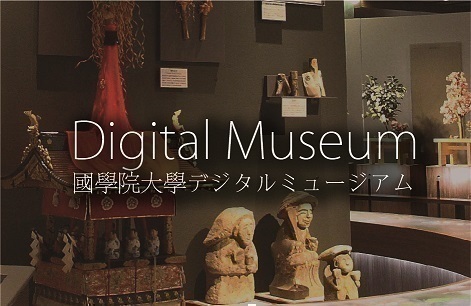- トップ
- Encyclopedia of Shinto
- Fujii Takanao
Encyclopedia of Shinto
| Main Menu: | |
| Links: |
詳細表示 (Complete Article)
| カテゴリー1: | 8. Schools, Groups, and Personalities |
|---|---|
| カテゴリー2: | Personalities |
| Title | Fujii Takanao |
| Text | (1764-184) Shinto priest (shikan) and scholar of National Learning (kokugaku) of the late Edo period. Known commonly as Ozen, he went by the epistolary names Matsunoya and Shōsai. Born in Miyauchi, Kayō District, Bitchū Province (present-day Okayama Prefecture) in 1764, Takanao's father Fujii Takahisa was hereditary head priest of the shrine Kibitsu Jinja, and his mother Koharu was daughter of Oka Tamenaga, priest (shikan) of the shrine Sakaorimiya. Fujii was introduced to poetry composition (waka) by his father and by his teacher Toganoi Isshitsu, and he studied Sino-Japanese classics under Kodera Kiyosaki, priest at the shrine Kōnoshima Tenjin in Kasaoka, Bitchū Province. When Fujii moved to Edo in 1793 he became close to Hashimoto Tsunesuke. Through this connection, he visited Motoori Norinaga's Suzunoya Academy in Matsusaka, and there became a disciple of the famous kokugaku scholar. He continued to receive instruction through written correspondence from Motoori after returning to his home province, and at the age of thirty-four inherited his father's priestly position at Kibitsu Jinja, and was affiliated with the school of Yoshida Shintō. On his way to deliver a new year's eulogy to the Shogun's family, and to receive an award of the lower fifth court rank with ceremonial post Nagato no Kami ("protector of Nagato") that had been mediated by the Yoshida Shintō school, Fujii stopped by the Suzunoya Academy in Matsusaka, where he arrived in time to attend the seventieth birthday celebrations for Motoori. Famous as an annotator of ancient texts, and skilled at writing in the archaic style, Fujii was active as one of the central personages of the Suzunoya school after Motoori's death. He was close to fellow Motoori disciple Kido Chitate (1778-1845), a bookseller in Kyoto. Fujii published manuscripts through Chitate and on occasion traveled to Kyoto to deliver lectures at Chitate's private academy Nudenoya. At the same time, Fujii also maintained friendly correspondence with Hirata Atsutane, whom Chitate attacked as a bitter enemy, and Fujii expressed a certain degree of sympathy with Atsutane's thought. Their mutual agreement can be seen, for example, in the way they both recognized the role of Confucianism and Buddhism as supports for Shinto. Fujii himself also planned the establishment of his own private academy in Osaka. However, in 1825 his adopted son passed away, and Fujii was forced to return as head of the family and undertake his role as priest once more, thus abandoning his plans for the school. Through lecturing in Shikoku and the Kyoto and Osaka region, Fujii fostered disciples such as Tōjō Gimon, Nariai Ōe, Shimizu Nobuaki and others. In 1835, the Yoshida clan granted Fujii the divine title (reishingō) Misumaru no Kagami. He died in 1840 at the age of seventy-seven. He was the author of Matsunoya bunshū (Collected Writings of Matsunoya), Matsunoya bunkōshū (Further Writings of Matsunoya), Ise monogatari shinshaku (New Commentary on the Tale of Ise), Mitsu no shirube (Three Important Teachings), Matsu no ochiba (Fallen Needles of the Pine), Ōharaekotoba gogoshaku (Further Interpretations of the Great Purification Ritual), and Kami no okage no nikki (Diary of the Providence of the Deities), among other works. - Mori Mizue |




